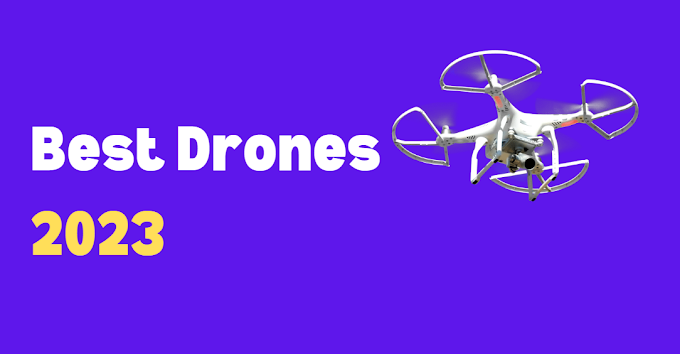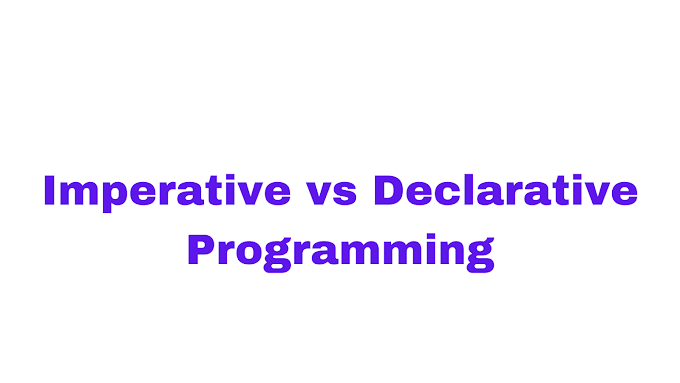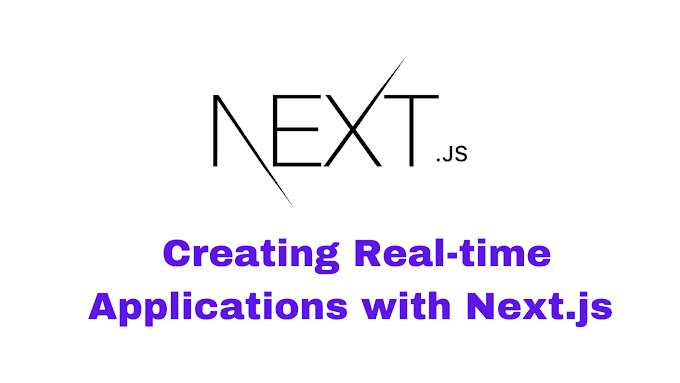Traditional project management tools and techniques refer to the methods and processes that were used to plan and control projects before the widespread adoption of computers and digital technologies.
Some examples of traditional project management tools include:
- Gantt charts: A graphical representation of a project's schedule, showing the start and end dates of each task.
- PERT charts: A diagram that shows the dependencies between tasks and helps to identify the critical path of a project.
- Work breakdown structures: A hierarchical representation of a project's scope, showing the relationships between tasks and deliverables.
- Status reports: A document that provides updates on the progress of a project, including completed tasks, upcoming tasks, and any issues or challenges.
In contrast, modern project management tools and techniques make use of computers and digital technologies to plan, execute, and control projects. Some examples of modern project management tools include:
- Project management software: A digital platform that provides tools and features for planning, scheduling, and tracking projects. Examples include Asana, Trello, and Microsoft Project.
- Collaboration software: Tools that enable team members to communicate, share documents, and collaborate in real-time, regardless of their location. Examples include Slack, Google Hangouts, and Microsoft Teams.
- Time tracking software: A tool that enables team members to track the time they spend on tasks and projects. This can help with project billing and resource allocation. Examples include Toggl and Harvest.
- Risk management software: A tool that helps project managers identify and assess potential risks to a project and develop strategies to mitigate them. Examples include Risk Register and RiskyProject.
Overall, modern project management tools and techniques offer a range of benefits, including greater efficiency, improved communication, and more accurate planning and tracking. However, traditional methods can still be useful in certain contexts, particularly when working with smaller teams or on projects with a more predictable scope.






![[Cupons] Paid udemy courses for free](https://blogger.googleusercontent.com/img/b/R29vZ2xl/AVvXsEgYa-f_8UEE95d9stpdRzq6_DUq19avn09M2CVWIuQGI_PwaZBMcNhuHmPZQsw81GMeWwUY2Q-Cr66RoAmMq1f_pok6pdv-W86qc9_wWSxqXEq_RHYyRY0Ldly_yi2DSfyed4Cxiks6Nbzp/w680/Paid+udemy+courses+for+free.png)





0 Comments
If you have any question please ask?